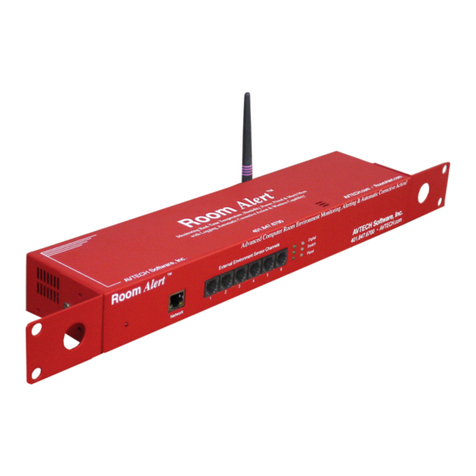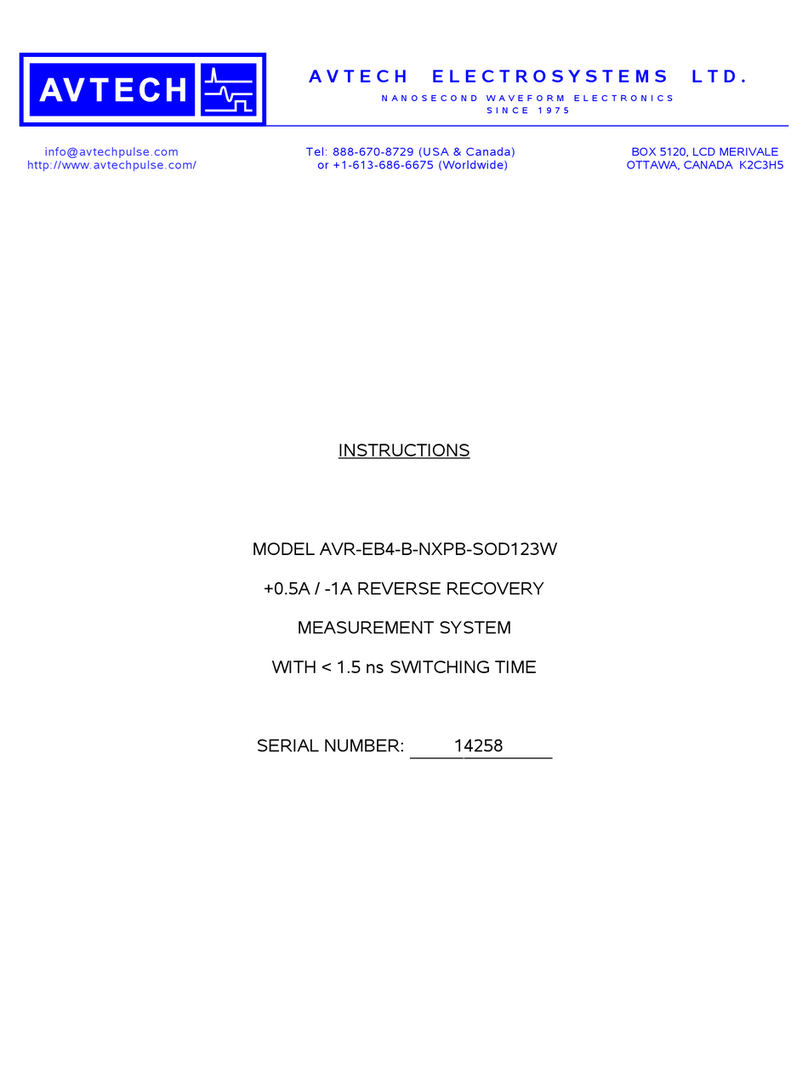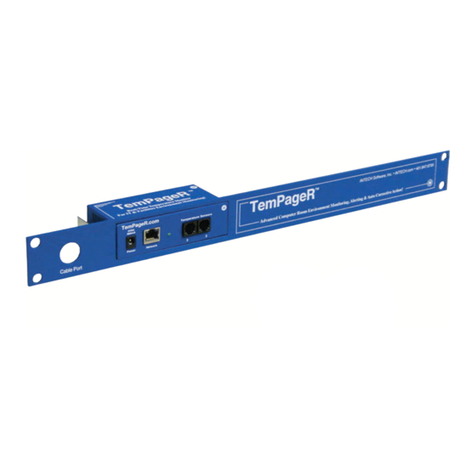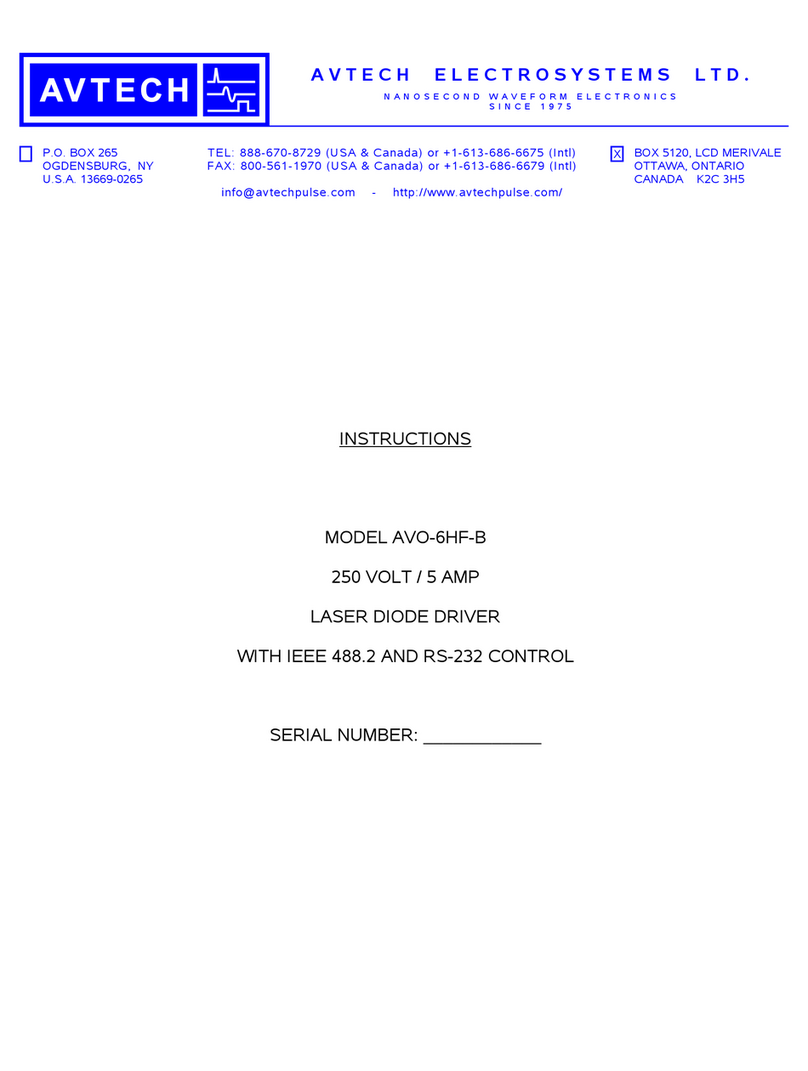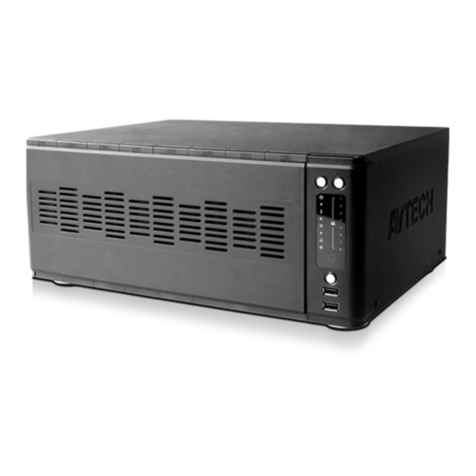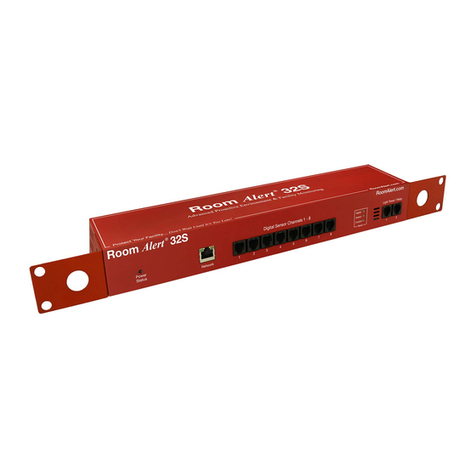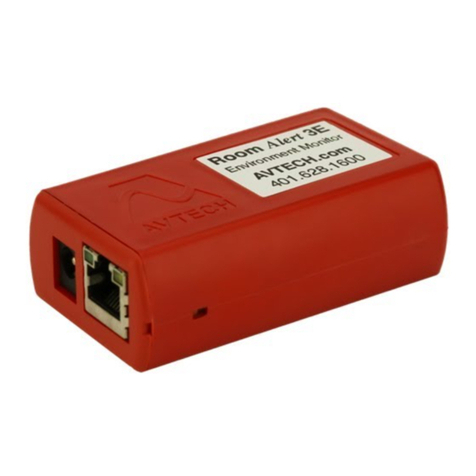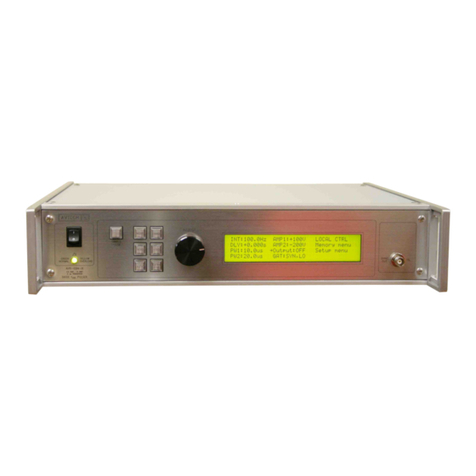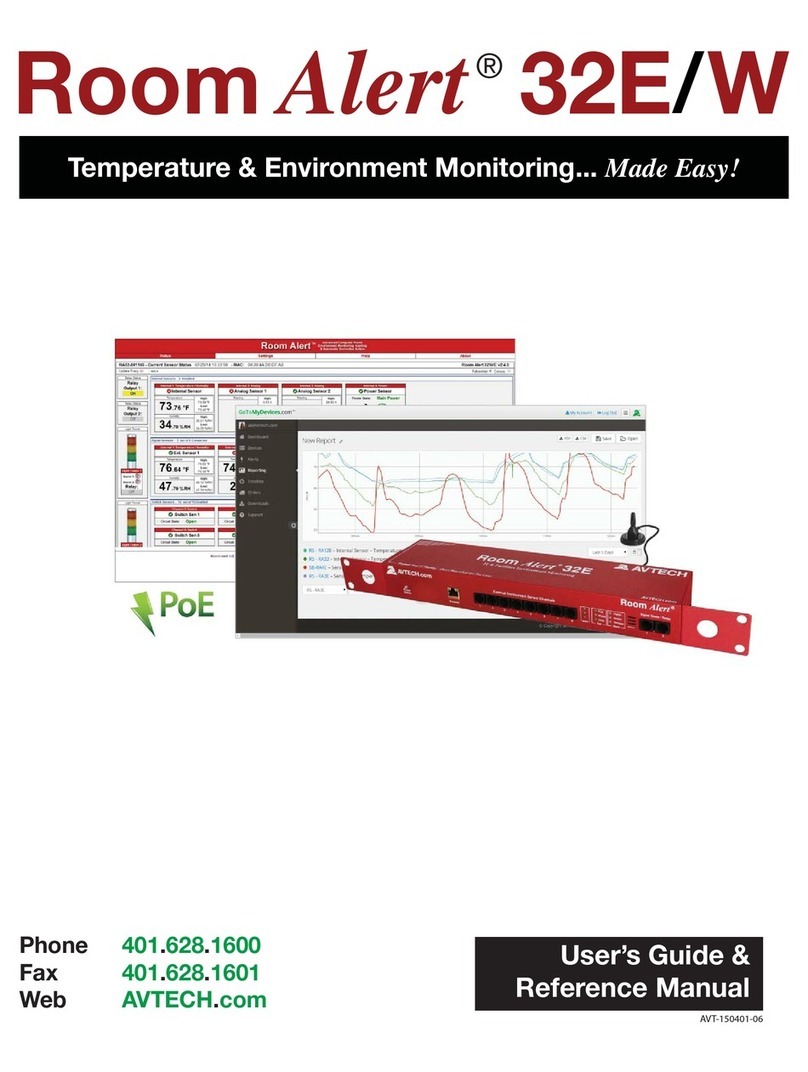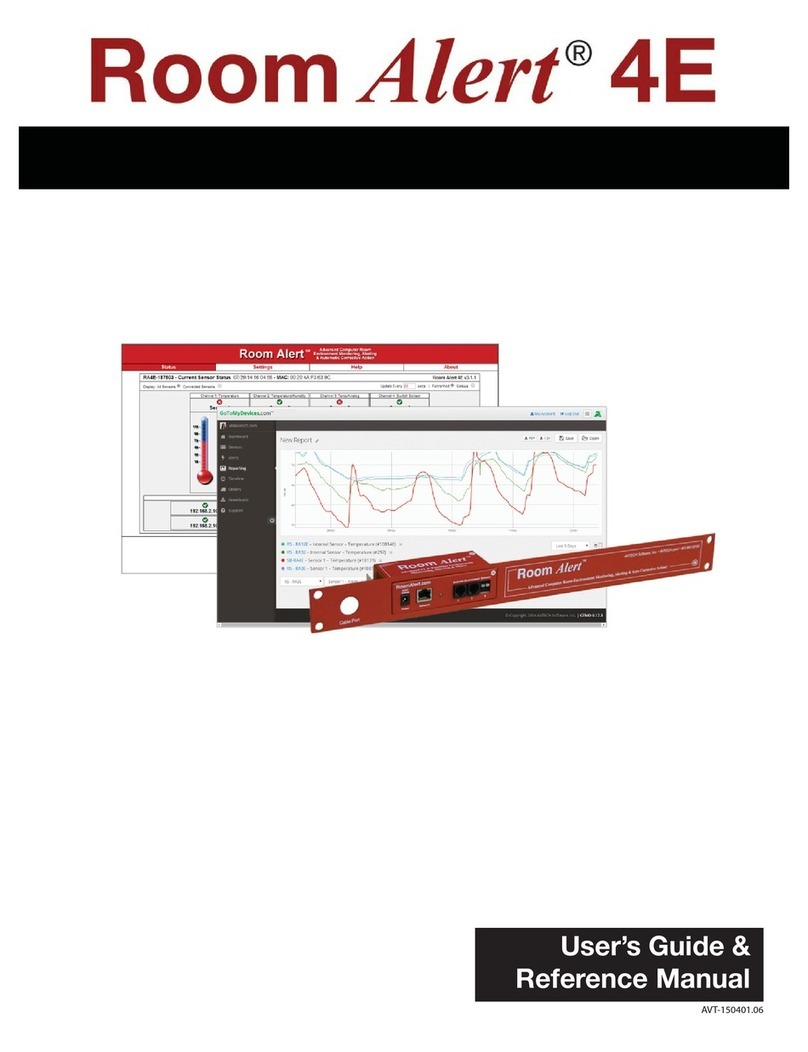SPECIFICATIONS
Model1: AVR-EB2A-B
Recovery type: Reverse recovery
Intended application: High-speed small-signal diodes
Basic waveform: Positive DC interrupted by a negative pulse
Pulse polarity: DC -
Voltage output2,4,6:
(to RL = 0Ω) +10V to +100V -1V to -24V
Corresponding diode current2,4
(approx., depends on VDIODE): +10 mA to +100 mA -10 mA to -100 mA
Pulse width (FWHM): DC 200 ns
Maximum duty cycle: N/A
Rise time (10%-90%): < 00 ps (without test jig), and typically 7 0 ps9 with jig and DUT installed.
Output impedance during pulse
(inside the mainframe): 0 Ohms
Maximum PRF: 10 kHz
Variable delay (sync out to main
out, unless noted): 0 to ±1s, variable
Included test jig3: Refer to manual text.
Connectors: Mainframe pulse output, Jig pulse input: SMA
TRIG, GATE, SYNC: BNC
GPIB & RS-232: Standard on -B units. See http://www.avtechpulse.com/gpib for details.
Ethernet port, for remote control
using VXI-11.3, ssh, telnet, & web:
Included. Recommended as a modern alternative to GPIB / RS-232.
See http://www.avtechpulse.com/options/vxi for details.
Settings resolution: The resolution of the timing parameters (pulse width, delay, period) varies,
but is always better than 0.1 % of (|set value| + 20 ns).
The amplitude resolution is < 0.1% of the maximum amplitude.
Settings accuracy: Typically ± 3% after 10 minute warmup, for timing parameter. For high-accuracy applications
requiring traceable calibration, verify the output parameters with a calibrated oscilloscope4,10.
Trigger modes: Internal trigger, external trigger (TTL level pulse, > 10 ns, 1 kΩ input impedance),
front-panel “Single Pulse” pushbutton, or single pulse trigger via computer command.
Sync output: > +3 Volts, > 0 ns, will drive 0 Ohm loads
Gate input: Active high or low, switchable. Suppresses triggering when active.
Power requirements: 100 - 240 Volts, 0 - 60 Hz
Dimensions: H x W x D: 100 mm x 430 mm x 37 mm (3.9” x 17” x 14.8”)
Chassis material: cast aluminum frame and handles, blue vinyl on aluminum cover plates
Temperature range: + °C to +40°C
1) -B suffix indicates IEEE-488.2 GPIB and RS-232 control of amplitude, pulse width, PRF and delay (see http://www.avtechpulse.com/gpib).
2) For operation at amplitudes of less than 10% of full-scale, best results will be obtained by setting the amplitude near full-scale and using external
attenuators on the output.
3) Customized jigs available upon request.
4) The amplitude settings should not be relied upon for any degree of accuracy, because the dynamics of the device under test can affect the actual
generated waveforms. Amplitude settings should always be verified by oscilloscope measurements.
) Thus the diode must come to forward steady-state within 00 ns.
6) The diode must have a breakdown voltage exceeding these amplitude limits. Contact Avtech for special arrangements if IMAX × 0Ω > VBR.
7) The full forward pulse width is 2 us, but the reverse pulse is super-imposed on the forward pulse 00 ns after the start of the forward pulse.
8) Increases to 4. ns for units with the -DIPFP option, due to the switching relay inductance.
9) Depends on the parasitic inductance of the DUT and its leads.
10)These instruments are provided with a basic calibration checksheet, showing a selection of measured output parameters. These measurements are
performed with equipment that is calibrated on a regular basis by a third-party ISO/IEC 1702 :200 accredited calibration laboratory. However,
Avtech itself does not claim any accreditation. For applications requiring traceable performance, use a calibrated measurement system rather than
relying on the accuracy of the pulse generator settings.
